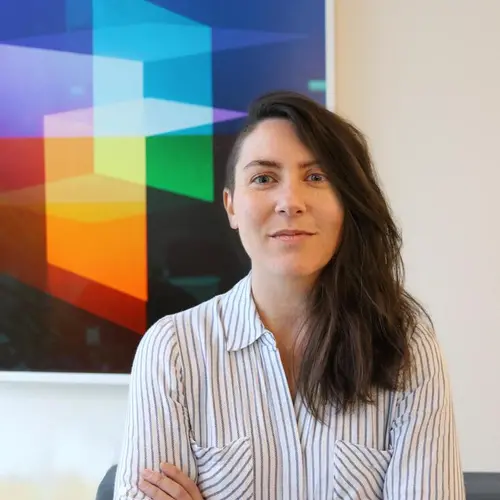Enhancing Super-Resolution Microscopy with AI
Deep learning and reinforcement learning can increase the accessibility and applicability of high-end microscopy techniques to neuroscience.
Deep learning and reinforcement learning can increase the accessibility and applicability of high-end microscopy techniques to neuroscience.

Over the past two decades, super-resolution microscopy (SRM) has had a transformative impact on the field of cell biology, expanding our ability to characterize subcellular structures and molecular dynamics at the nanoscale.
These high-end microscopy techniques enable scientists to monitor and modulate molecular processes in living cells and tissues with unprecedented spatio-temporal resolution and minimal invasiveness.
They hold the promise to revolutionize our understanding of brain function, enabling simultaneous measurements of molecular dynamics and localized activity within a complex brain network.
Exploiting the full potential of SRM in brain tissue and living cell imaging environments poses significant challenges, ranging from the complexities of thick tissue imaging to the unification of measurements occurring at different scales, all requiring innovative solutions for practical implementation.
This project aims to further develop AI-assisted SRM microscopy approaches to improve its performance in living cells and tissues, diversify the applications of SRM microscopy in neuroscience, and push the limits of spatio-temporal resolution for the observation of dynamic processes at the nanoscale.
These aims will be achieved through the following research objectives:
Improve multimodal image quality, taking into account spatial, temporal and spectral aspects;
Propose approaches for assessing the quality, uncertainty and relevance of subregions of the field of view;
Design decision-making procedures to optimize acquisition, based on limited human feedback.
AI-assisted SRM will recognize structures of interest and cellular responses during the imaging process, and modify imaging parameters, treatment and modalities according to observed structural and functional changes.
Microscopes will thus be able to adapt in real time to experimental conditions and the sample under study.

AI offers great potential for accelerating scientific research. By enhancing microscopy techniques using deep neural networks and reinforcement learning, we aim to help scientists conduct their research more efficiently, which could lead to novel breakthroughs in neuroscience.